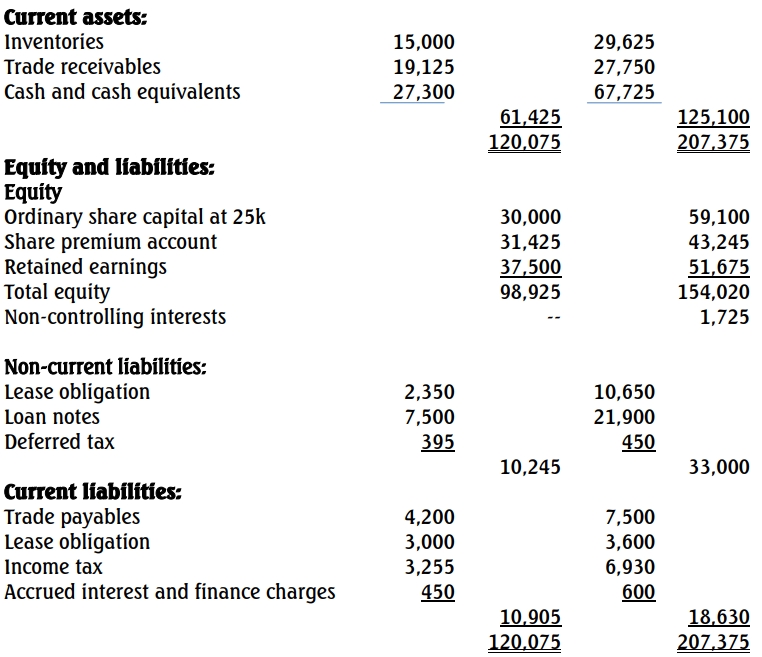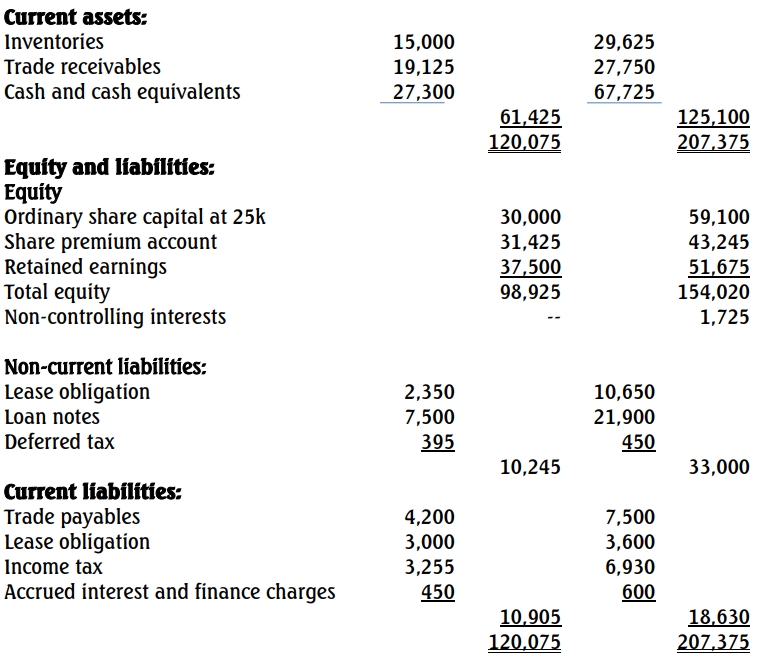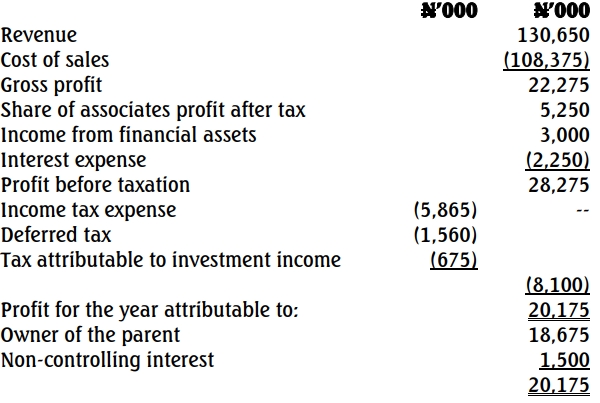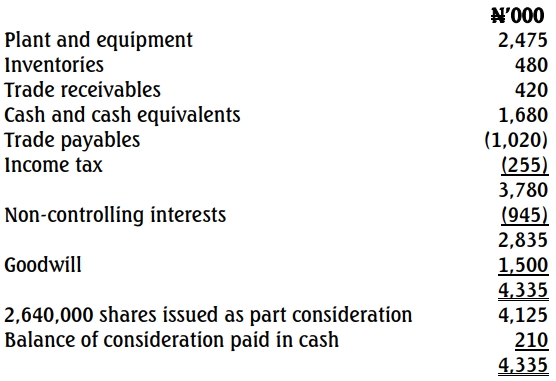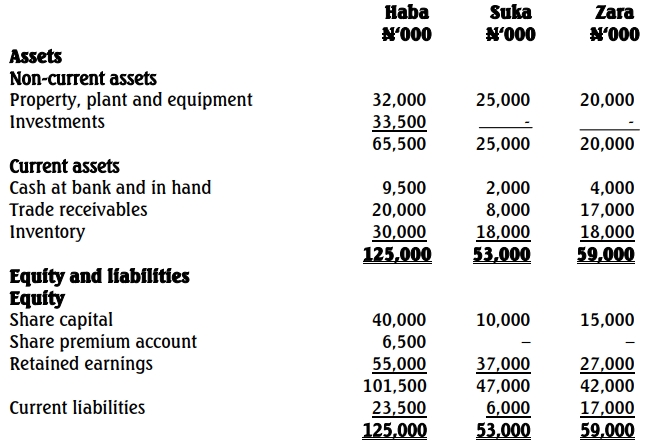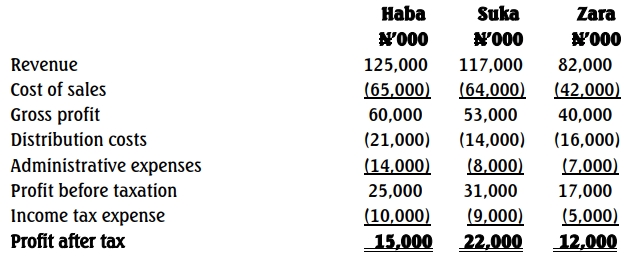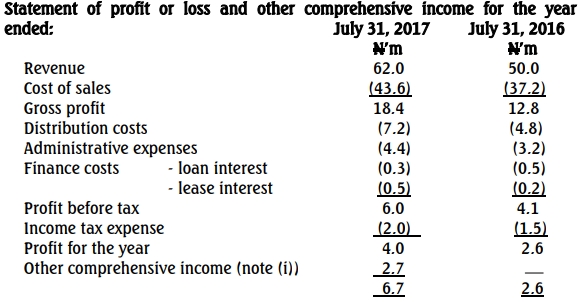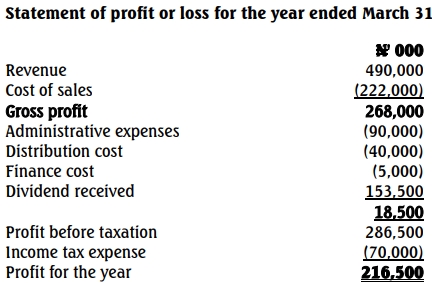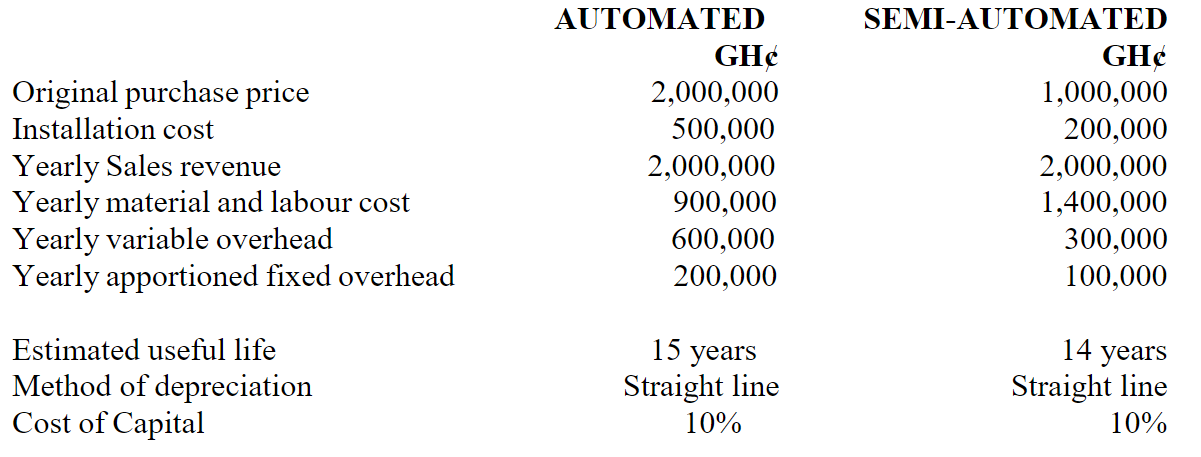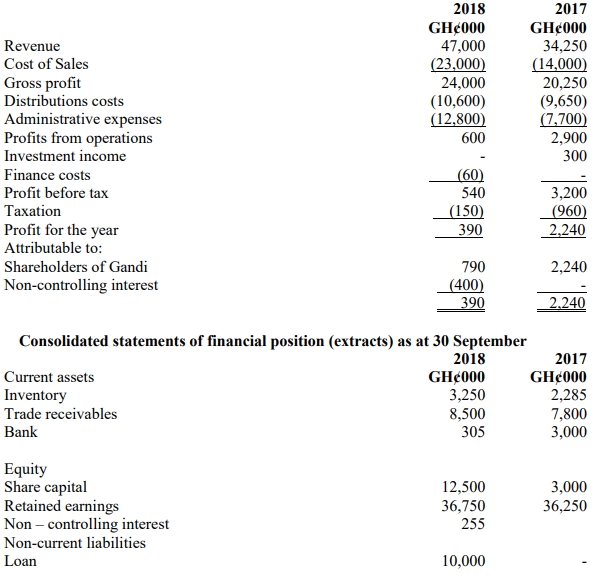- 10 Marks
FM – Nov 2024 – L2 – Q5a – Management of Receivables
Evaluate the financial implications of different strategies for managing Abaa LTD's accounts receivable.
Question
Abaa LTD, a company that manufactures and sells electronic appliances, has been facing challenges with its accounts receivable management. Currently, the company allows its customers 60 days of credit. Due to the highly competitive market, Abaa LTD has been experiencing an increasing amount of bad debts and delayed payments, which has adversely affected its cash flow and profitability. To address these issues, the company’s Finance Manager is considering several strategic changes:
- Reduction in Credit Period: Reducing the credit period from 60 days to 45 days. It is estimated that this change could reduce sales by 5% due to the stricter credit terms, but it would also decrease the bad debt ratio from 4% to 2% of sales.
- Offering Early Payment Discounts: Introducing a 2% discount for customers who pay within 30 days. The company anticipates that 30% of its customers will take advantage of this discount, which would improve cash flow and reduce the average collection period by 15 days.
- Engagement of a Factor: The company is also considering engaging a factoring company to manage its receivables. The factor would advance 80% of the invoice value upon the sale of goods at 200 basis points below the company’s cost of capital and charge a 3% fee on all sales. The factor is expected to reduce the bad debt ratio to 1% of sales and further reduce the average collection period by 20 days. Engaging the factor will lead to annual administrative savings of GH¢90,000.
Abaa LTD’s current annual sales are GH¢20 million, and the variable cost of sales is 60% of sales. The company’s cost of capital is 12% per annum.
Required:
Evaluate the financial implications of the following:
i) Reduction in Credit Period
ii) Offering Early Payment Discounts
iii) Engagement of a Factor
iv) Recommend the appropriate method to manage the credit sales
Find Related Questions by Tags, levels, etc.

